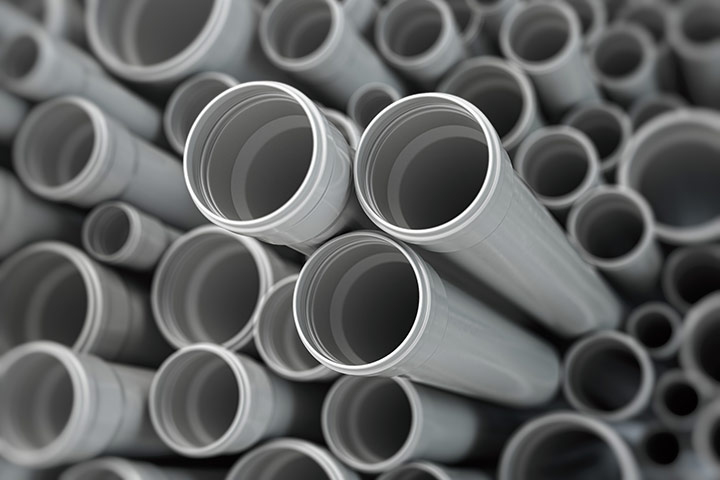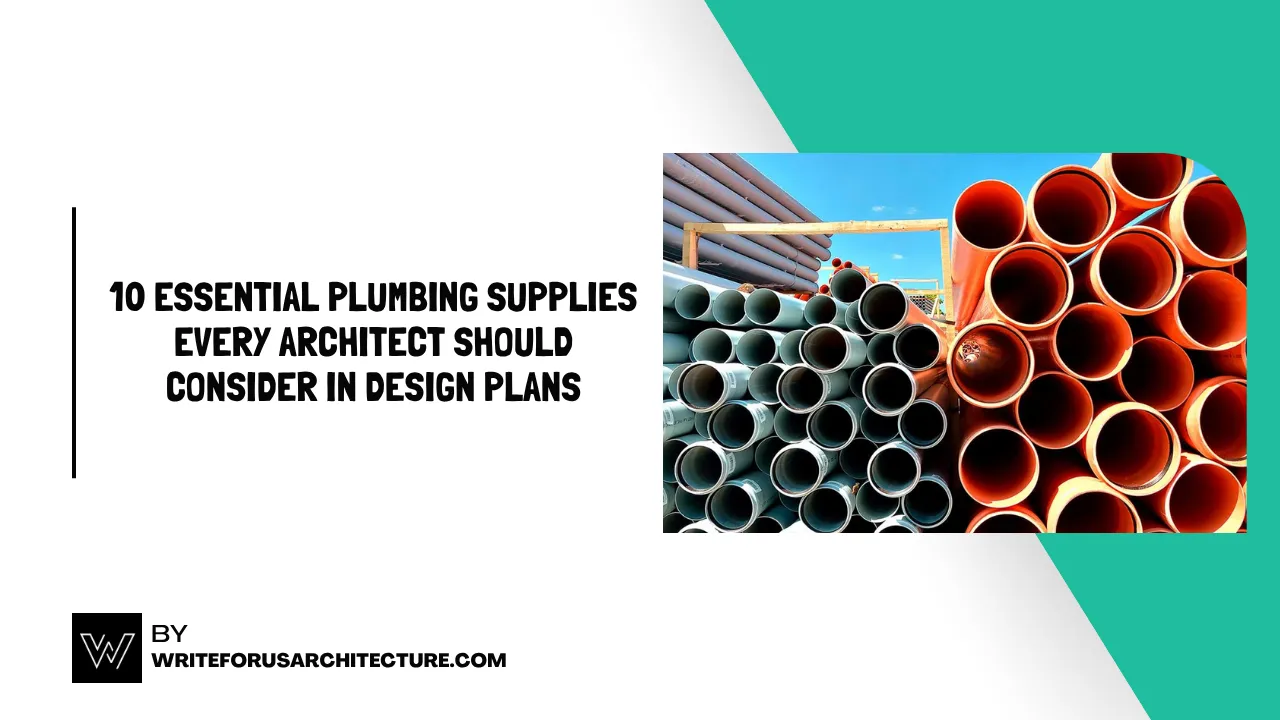When it comes to architectural design, the importance of integrating practical infrastructure components—like plumbing supplies—cannot be overstated. Plumbing systems are the backbone of any building’s functionality, directly impacting both convenience and sustainability. For architects, understanding and incorporating essential plumbing elements into the design phase can lead to smoother project execution and long-term satisfaction for clients.
Here are 10 essential plumbing supplies every architect should keep in mind when drafting building plans.
1. PVC Pipes
PVC (Polyvinyl Chloride) pipes are among the most common and cost-effective materials used in plumbing. Lightweight, durable, and resistant to corrosion, they are ideal for both residential and commercial plumbing systems. Whether used for drain lines or irrigation systems, their versatility makes them a go-to solution.

2. Pipe Fittings
Pipe fittings—such as elbows, tees, couplings, and adaptors—are essential for creating an efficient piping system. Architects should account for space and access to these components during design to ensure future maintenance and upgrades are seamless.
3. Valves
Valves control water flow and pressure. Including ball valves, gate valves, and check valves in the design stage allows for better regulation of water systems and can help isolate issues without shutting down the entire system.
4. Drainage Systems
A robust drainage system helps prevent water buildup and potential structural damage. Architects must integrate floor drains, sump pumps, and proper slope design for effective water removal in both indoor and outdoor spaces.
5. Water Heaters
Selecting the right location and type of water heater (tank or tankless) is crucial. Energy efficiency, size, and proximity to water outlets should be taken into account early in the design process.
6. Backflow Preventers
To protect potable water from contamination, backflow preventers are a must—especially in commercial buildings. Architects should plan spaces where these devices can be easily installed and serviced.
7. Pipe Insulation
Thermal insulation of pipes is essential for energy conservation and prevention of freezing in colder climates. It also helps reduce noise from water flow in high-rise or multi-unit buildings.
8. Manifolds and Distribution Systems
In modern plumbing, manifolds serve as central hubs that direct water to various zones. This design-friendly solution allows for easier control and maintenance, especially in larger homes or commercial buildings.
9. Toilet and Fixture Mounting Systems
Wall-mounted toilets, concealed cisterns, and under-mount sinks require proper support and spatial allocation. Architects must collaborate with plumbers to ensure these systems are structurally supported and accessible for maintenance.
10. Ventilation Pipes
Vent pipes are critical in plumbing systems to prevent sewer gases from entering buildings and to maintain proper pressure in drainage lines. Their placement needs to be planned in advance to avoid interference with other building systems.
Final Thoughts
For architects, a solid understanding of these essential plumbing supplies goes beyond functionality—it enhances design efficiency, cost-effectiveness, and sustainability. Close collaboration with plumbing professionals during the planning phase ensures a seamless integration of these components.
If you’re sourcing top-quality plumbing materials, including a variety of fittings, pipes, and tools, visit a PVC pipe store like pireys.com for everything you need to support your next project.
Also Read:

